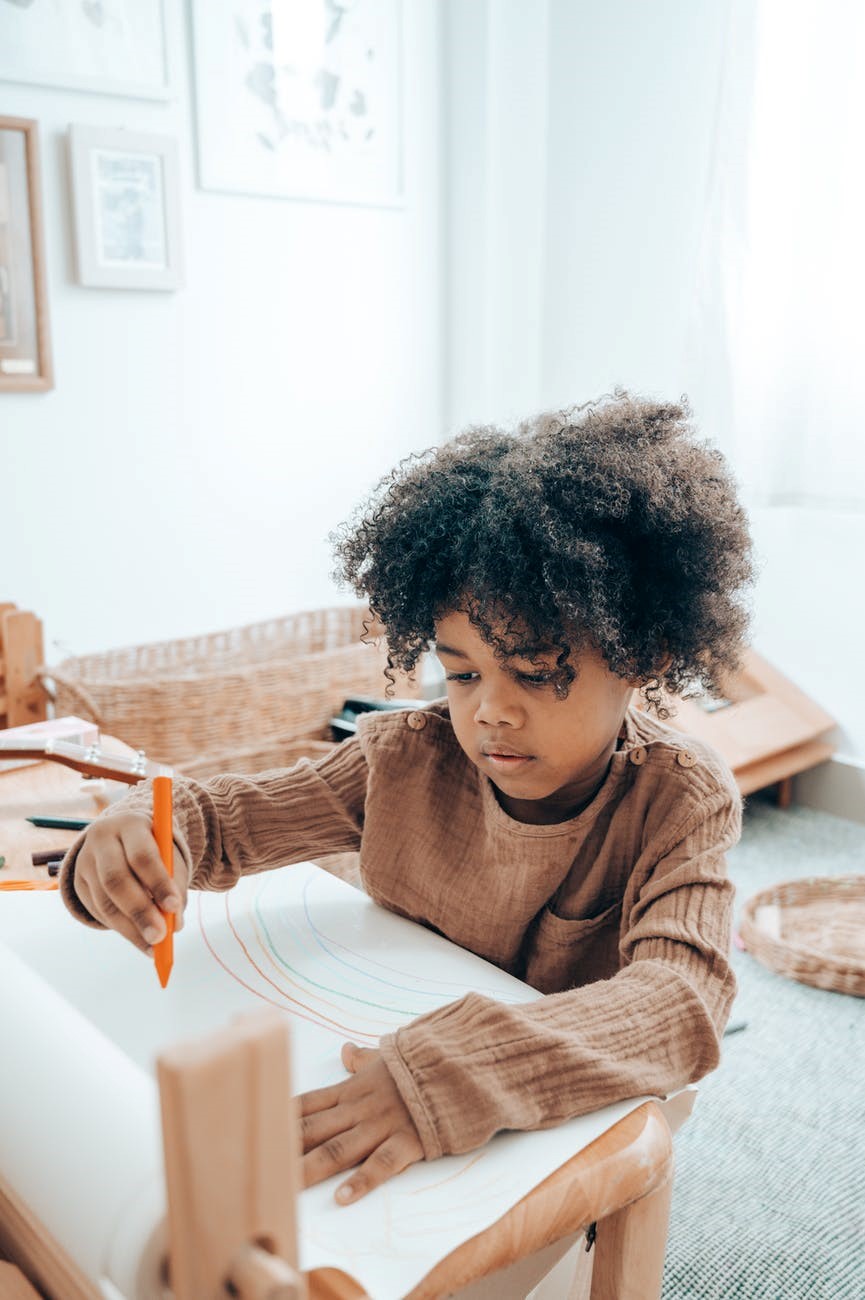Children are naturally bursting at the seams with creativity and ideas. Their unique perspective on the world isn’t yet overwhelmed by politics, finances, household responsibilities and caring for – well – kids. One of the first skills a child learns is to hold a pencil and press it to paper. Drawing could even be considered a fundamental part of their development! Developing drawing skills can nourish a child’s sense of expression, enhance motor skills, develop problem-solving abilities, and boost the imaginative thinking. The many benefits of art and drawing can prepare your child for school, for life, and for whatever future their imagination can dream up!
If you’re a parent looking for ways to help nurture your child’s drawing skills, here are 5 things you can do to help.
1. Enroll Your Child in An Online Course
Drawing classes for kids are a great way for parents to help their children explore art. While children develop basic motor skills with every line and scribble they leave behind (be it on paper or all over the walls), an online art course can help guide the process without being too overwhelming or overly critical. After all, art classes shouldn’t always be about correcting mistakes. Most kids can benefit from positive guidance and constructive experiences with art that leave them feeling inspired.
Online art classes for kids, like the ones on Sparketh, also offer your child a huge variety of options to choose from, so that your child can learn about drawing the things that interest him or her in a fun, constructive way. The balance of freedom and structure in online drawing classes can encourage your young artist and help them feel an ownership over their practice of art.
2. Work on Self-Confidence
An important, and simple, way that you can help boost a child’s drawing skills is by fostering self-confidence!
Especially if you have a younger child who is working on motor skills, you want to encourage as much exploration with a pencil in hand as you can. Simply drawing squiggles is a good motor practice activity for a young child, and pressing for too much, too fast, will lead to a frustrated kid (which doesn’t bode well for drawing or handwriting practice down the road.) Therefore, giving your young child lots of positive feedback on whatever artwork they create is a good habit for helping him or her continue to learn…So smile big and proudly hang that ambiguous doodle on the fridge!
Another reason that you want to avoid over-correcting with art is that it tends to be an important means of emotional expression for kids. Often, children (and even teens) are experiencing feelings that they have no idea how to discuss. However, they can often let those feelings out through what they draw (this is a reason that art therapy is so popular for children.) It’s important to consider that a child’s work of art may mean something more to them than just lines on page, so always try to be encouraging. If you don’t understand what a picture is, simply ask your child to tell you more about it!
Regardless of what your child creates in a drawing class for kids, make it apparent that you are always proud and happy to see what he or she is working on!
3. Encourage Artistic Learning and Exploration
While one of the great things about online drawing classes for kids is that it allows kids to learn how to draw things that interest them, another benefit of online art courses is that there are always lots of immediately-available opportunities to explore new things. Every once and awhile, encourage your child to try something new and different!
For example, if your child typically draws buildings and objects, look at some courses on drawing animals or people and encourage her to try one! If your child loves drawing faces, maybe he’d enjoy trying a whole new style of portraits, like Fauvism or Surrealism. There are ton of courses on Sparketh, which makes it easy to help your child branch out of his/her comfort zone (even if it involves baby steps!)
4. Engage in Dialogue
Keep up with what online art courses your kids are doing so that can you can talk about art with them! This is an easy and fun way to show your child that you are interested and supportive of their artistic learning.
Engaging in dialogue about art can involve talking about art movements (like Fauvism or Surrealism, as mentioned above). However, it can also be as simple as asking kids about the art they are doing.
What are the elements of his/her drawing?
Are there shapes? Animals? Buildings? Why did your child choose that subject?
What colors or techniques were used? What stands out?
You can also say what you like about the drawing or what it makes you think of. And try asking open-ended questions to encourage your kids to talk more about their drawing! You don’t have to be an expert to engage in dialogue–you just have to be interested!
5. Make it Fun
Making learning fun is always a good idea! The nice thing about drawing is that it’s naturally fun for most kids, so its easy to encourage that.
One way to make art fun is by putting lots of different media/materials (markers, crayons, colored pencils ect) on a table and encouraging your child just to create every once in awhile! If your child is interested in technology, it might also be fun for him or her to try out art tools that involve digital media, like: graphic design, tablet drawing etc. (and of course, online art classes, too!)
Making art time a consistent part of your child’s regular schedule can and should be a fun part of his/her routine!
Do you have a young artist at home? What are some things you’ve done to help support and/or boost your child’s drawing skills?


